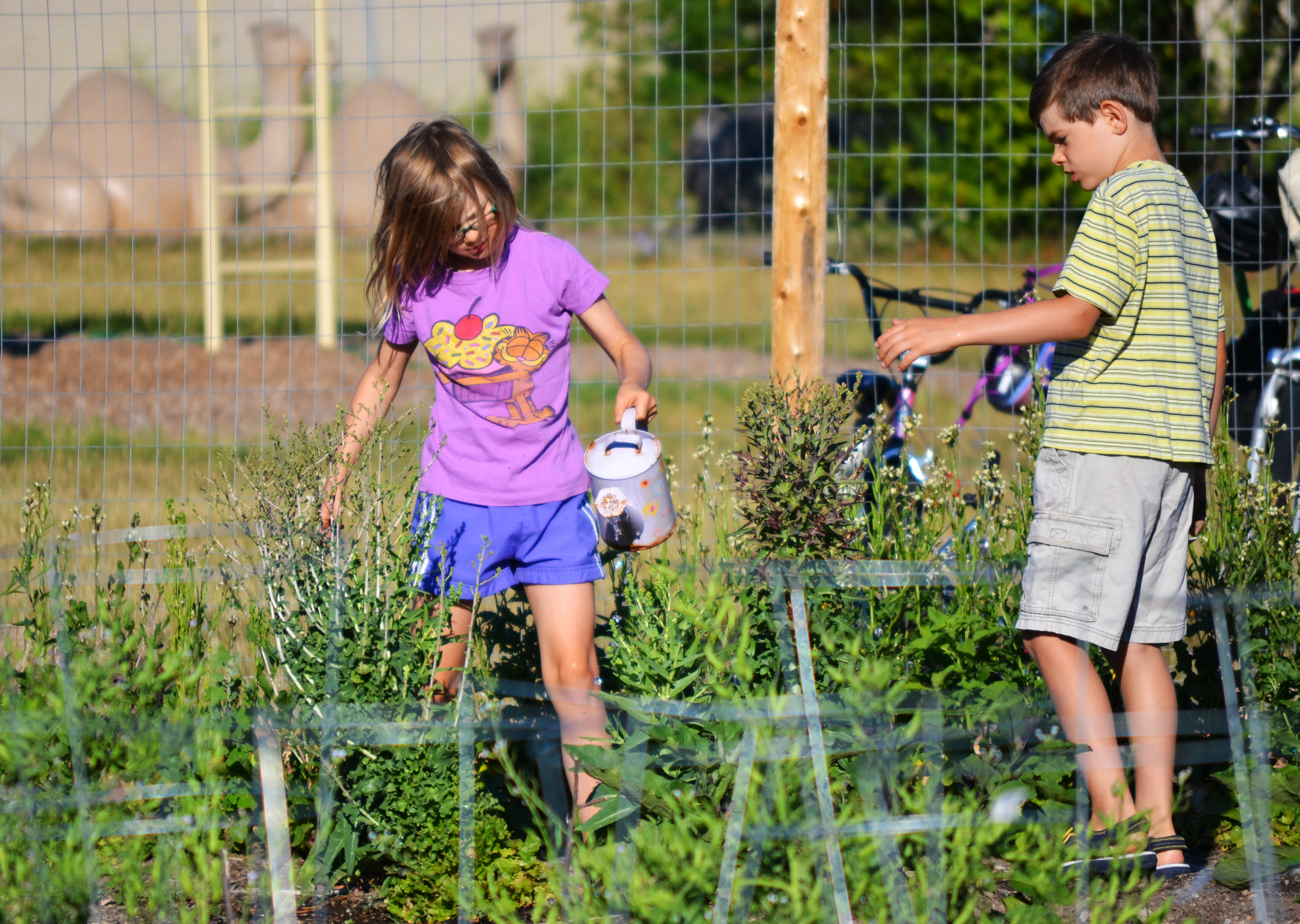By Tara Cavanaugh
Peek inside any kindergarten classroom in the Ann Arbor Public Schools, and you’ll likely see small groups of students working intensely at different tables. Whether they’re arranging letters or patterns of blocks, the 5-year-olds are clearly focused on their learning.
It’s called “center time,” and due to its wide variety of benefits, it’s one of the most popular learning strategies in kindergarten.
“Centers are just a natural way to work with children,” said Patty Zeichman, who has taught kindergarten for 14 years. “As long as I’ve been teaching kindergarten, I’ve had centers in the classroom.”
Zeichman has center time twice a day, with literacy-based centers in the morning and math-based centers in the afternoon. Zeichman sets a starting point for each group, and then students guide themselves to two kinds of centers: ones they have to go to, and others they want to go to. Students keep track of their location with magnetic clips on the classroom marker board.
Not every kindergarten teacher uses centers in the same way as Zeichman. In fact, one of teachers’ favorite aspects about centers is the flexibility.
Some teachers set time limits on centers, some keep students in the same groups from center to center, some such as Zeichman make center time for one learning goal (such as literacy) whereas others combine math, science, reading and writing activities during the hour.
“You have to look at your population, figuring out their strengths and what you need to support so they meet all of the district outcomes while still having choices,” Zeichman said.
Teachers work to make centers multi-level so they meet all students’ needs. “We think about every kid when they walk up to that center: How will that kid approach that center? How will it be different? Is there enough space?” said Lisa Thompson, a kindergarten teacher at Mitchell. “We really think through every kid’s eyes.”
“You really have to know your students,” said Wendy Rothman, a teacher who has trained new AAPS kindergarten teachers. “Before even going into a classroom, all of the teachers are thinking: Who will struggle with this task? I guarantee you they know who those students are.”
Along with the flexibility of center time comes fun. Teachers say that students love making their own choices, working individually and in groups, and discovering their favorite ways to learn.
Veteran kindergarten teacher Michelle Seals, featured in the video above, notes that the fun atmosphere can be misleading. “Everything in kindergarten happens for a reason,” she says. “It’s not milk and cookies anymore.” Each center is specifically and carefully crafted to help students meet an educational goal.
Individual assessment is also key during center time. In the video, Natalie Hickman at Wines is shown working with individual students on a math game. As her students work, Hickman quickly jots down notes to keep track of their progress. Teachers can also monitor students’ products –– such as a math worksheet or a story students turn in.
Although center time looks different in each classroom, all kindergarteners learn to be independent and responsible for their own learning.
“These are very small people,” Rothman said. “If you think about it, they’ve only been here for five years of their life. They were babies five years ago! And yet you would be amazed at how quickly little kids can learn to be responsible for themselves, their behavior and their work.
“What I really believe about little kids is that they’re industrious. They really want to work, they want to be productive, they want to learn. Just the right environment can bring that out in kids –– and that’s center time.”
Related stories
- Video: Kids love kindergarten at AAPS
- Mitchell kindergarteners send gifts to young Hurricane Sandy victims
- Long walks stretch kindergarteners’ legs, minds



The key feature is not evident in the video. This is about self regulated learning yet the teachers seem to be teaching the students. It is understood that they need teacher involvement at one stage but the joy in learning occurs when the children do this on their own.